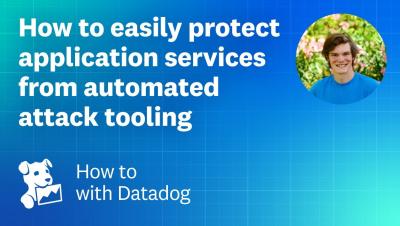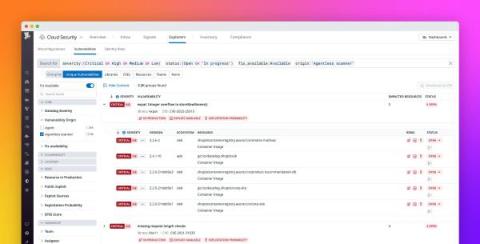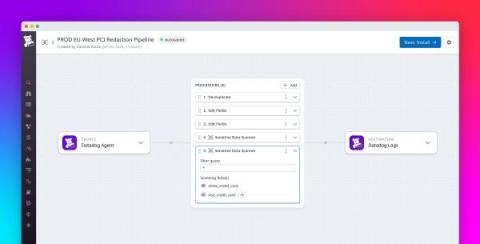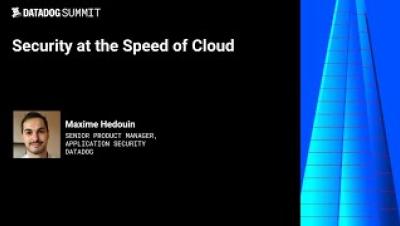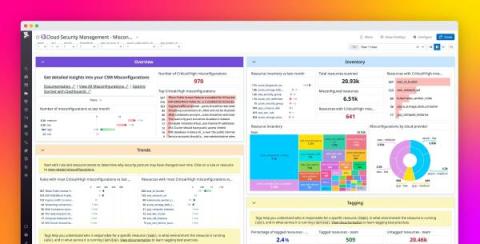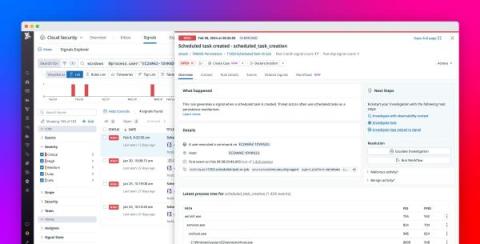How to easily protect application services from automated attack tooling
Here Matthieu Roux, an Engineer for the Application Security Threats team at Datadog explains how you can use Datadog Application Security to detect and protect yourself from common attack tools using Datadog's in-app WAF.


